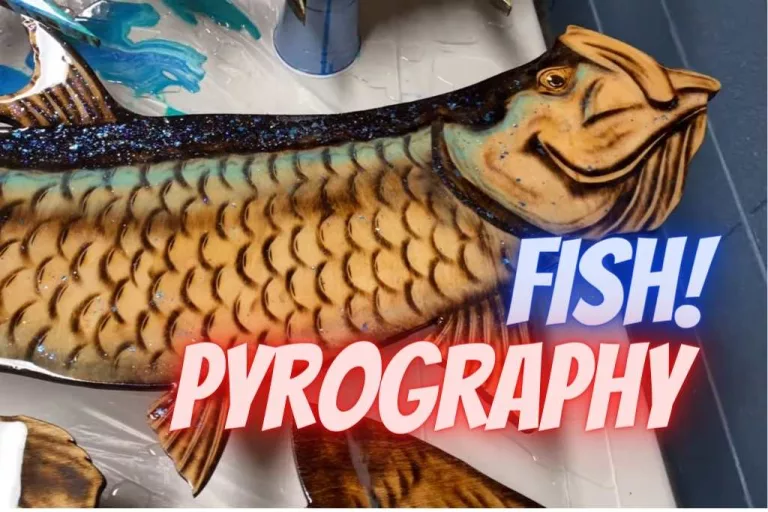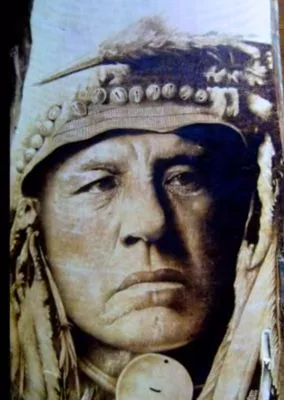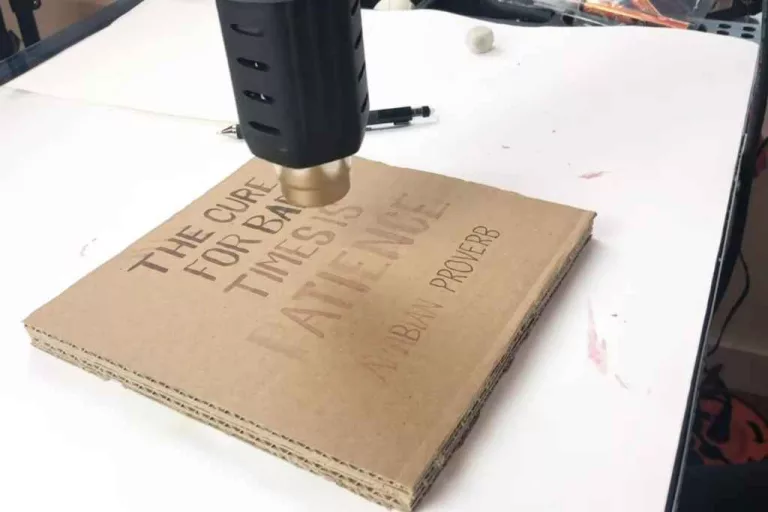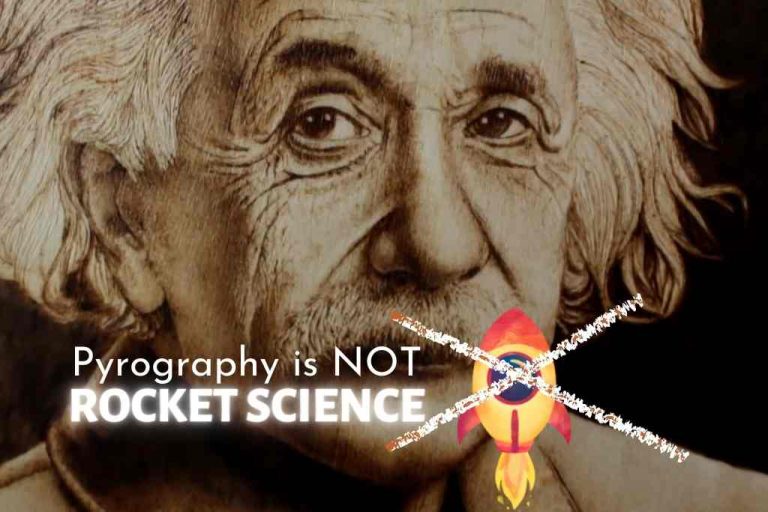9 Breathtaking Inspiration For Pyrography Snake Scales
When it comes to pyrography snake scales, the designs are inspired by the scales of different snake species. These designs can range from simple patterns to complex ones to the ones having detailed depictions of specific species.
The designs can be used to decorate a wide range of items, from wooden boxes and plaques to furniture and home décor. Whether you’re a professional artist or a simple crafter, there are endless possibilities when it comes to incorporating snake scales into your burn designs. There is another form of pyrography here, you can burn on a wood carved animal.
Patterns And Ideas
Colored Reptile
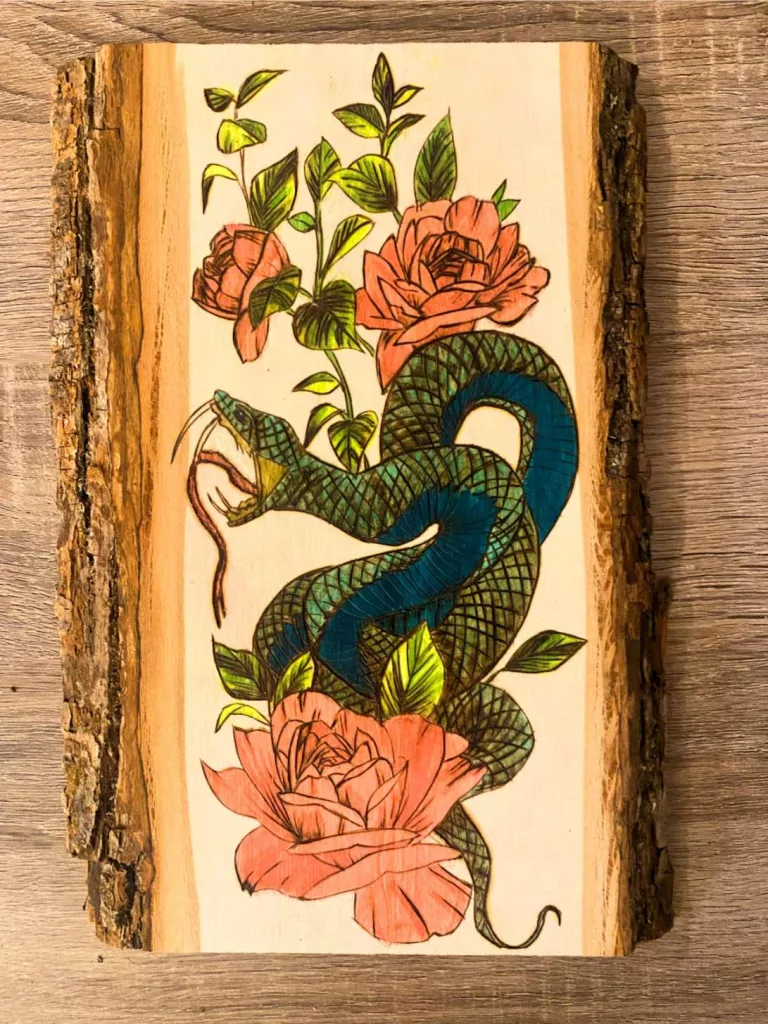
- Expertise Level: Intermediate to professional
- Time Taken: 10 hours for burning and 4 hours to add color
- Techniques Used: Attacking reptile on a flowery plant, simple strokes for making the scales. All are majorly the outlines.
- Tips: You don’t need to be very skilled for this pattern, a good hold on free hand strokes will serve the purpose
Pyrography Snake Scales and Head
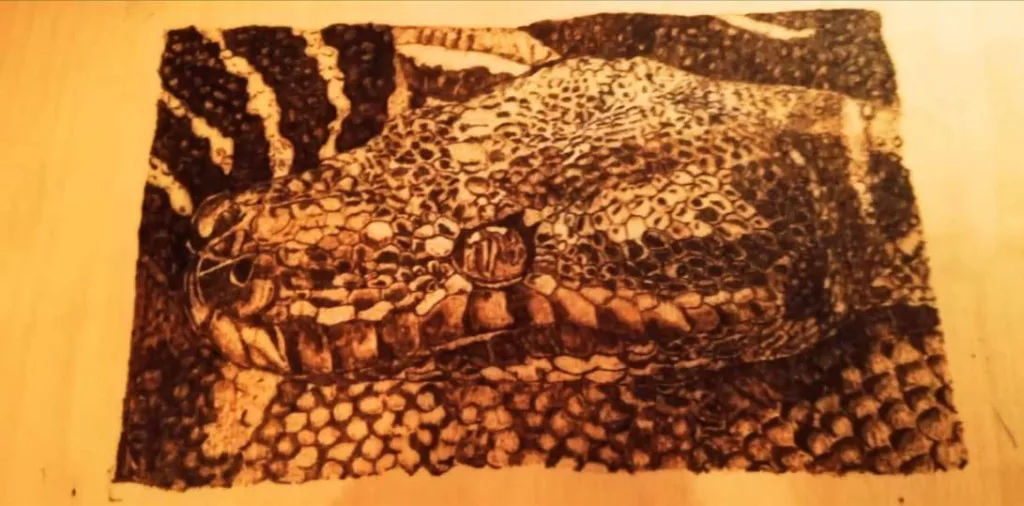
- Expertise Level: Professional
- Time Taken: 2 days
- Tips: Realistic art (fearsome as well!), take time, draw outlines and major parts like eyes and nostrils and head shape. Then go for the geometrical shapes of the scales. Once you are done with these, go for shading.
- Use: Only animal lovers can stand these as décors
Burmese Python Carving And Scales Woodburn
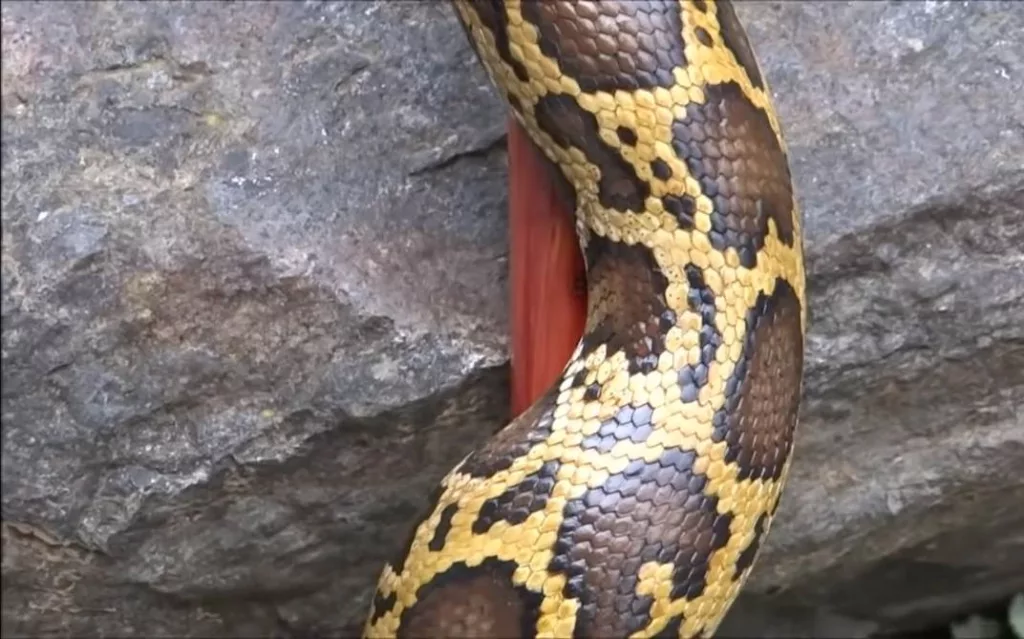
- Expertise Level: Super advanced
- Time Taken: 3 days for carving and 2 days for burning
- Techniques Used: Stippling, shading, and cross-hatching
- Use: Animal lovers and conservationists love this form of art. Many schools collect these as educational stuffs.
Wood Carved Cottonmouth Snake
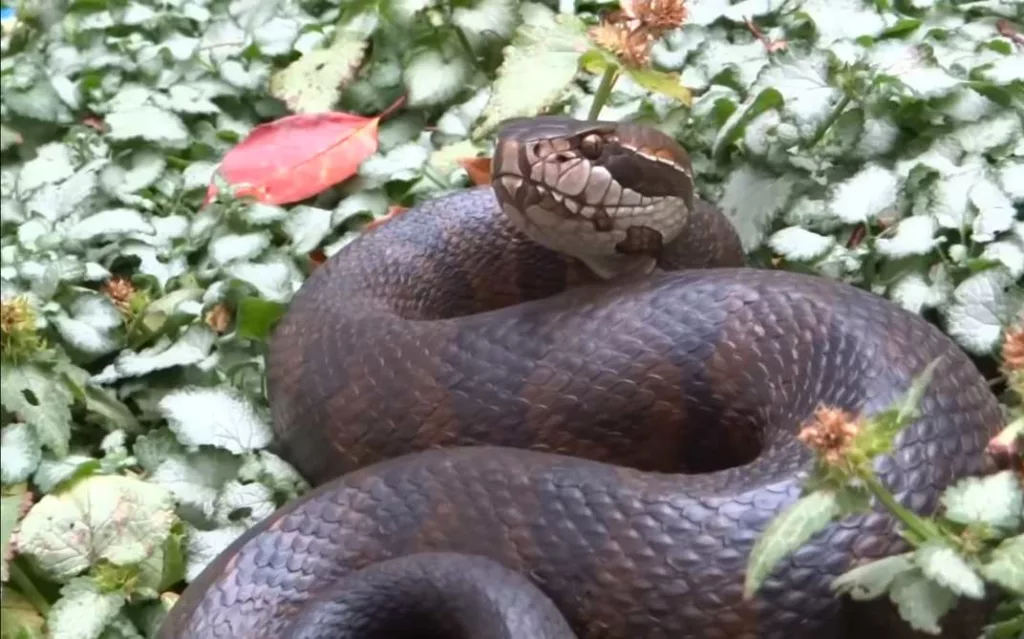
- Expertise Level: Highly professional in wood carving and burning
- Time Taken: 1 full week
- Techniques Used: Carving the entire body from wood, then carving the scales and all intricate details. Then an elaborate shading scale by scale. You can look for the dark shaded spots on the serpent’s back.
- Tips: You must give it a good polish to bring out a fine gloss.
Angry King Cobra
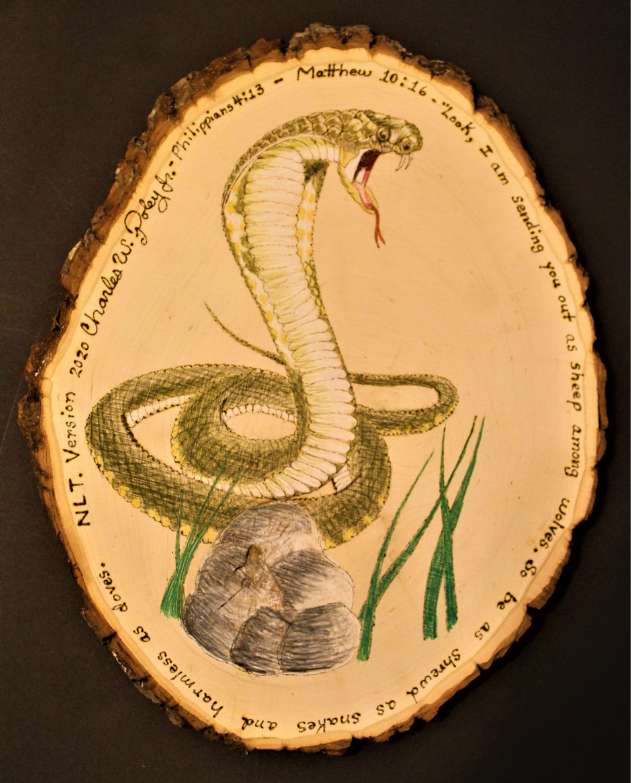
- Expertise Level: Advanced
- Time Taken: 5-7 hours
- Techniques Used: Combination of stippling, cross-hatching, gradual shading, and blending
- Tips: Break the project up into small grids and work on each piece gradually. You can add colors and few notes if you like.
Realistic Viper On A Tree
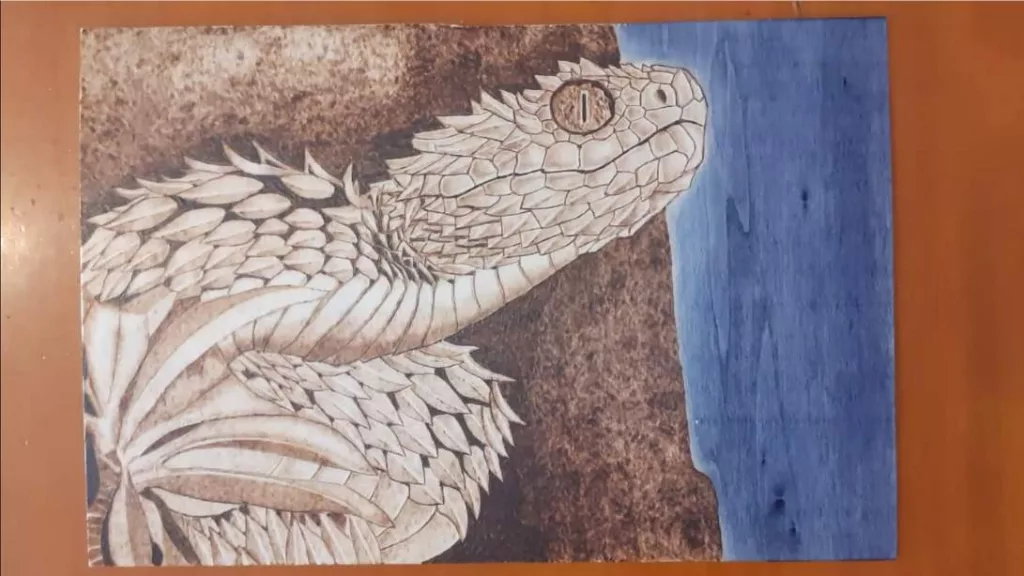
- Expertise Level: Professional
- Time Taken: 7-10 hours
- Techniques Used: Outlines first, and then a combination of dark and light shadings.
- Tips: Use watercolors to create depth and luminosity
- Use: For decoration or gift to reptile lovers
Getting Hatched From Egg
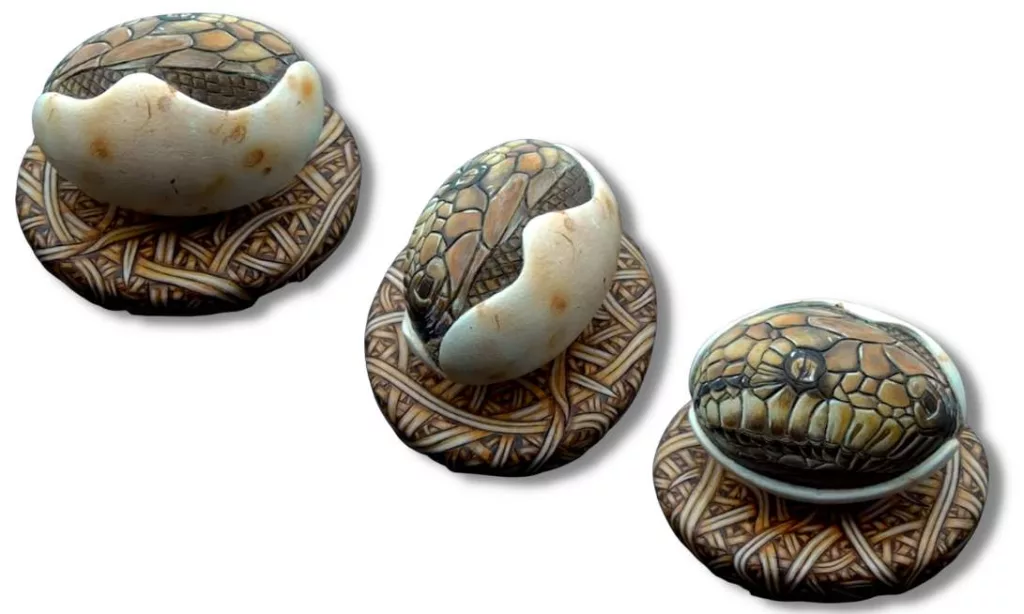
- Expertise level: Advanced
- Techniques: Carving an oval shaped wooden egg, make the shell surface different from the sun-exposed portion of the baby reptile, and burn with a lot of shading works. Add colors to different areas as well. Don’t miss to make a wooden base for the egg to rest.
- Time Taken: 7-10 hours
- Use: Extremely attractive home décor for nature lovers.
From A Tree Root

- Skills needed: Beginner to intermediate
- Technique: You have to choose an appropriate root for turning it into a snake art. Make the diagonal shaped scales through spiraling the carving tool or a pointed burning tip on pressure. Then add shading on your choice.
- Time may take: 4-8 hours
- These are fun things, not presentable as décor. But are good things to try your imaginations and skills.
Swimming Water Boa
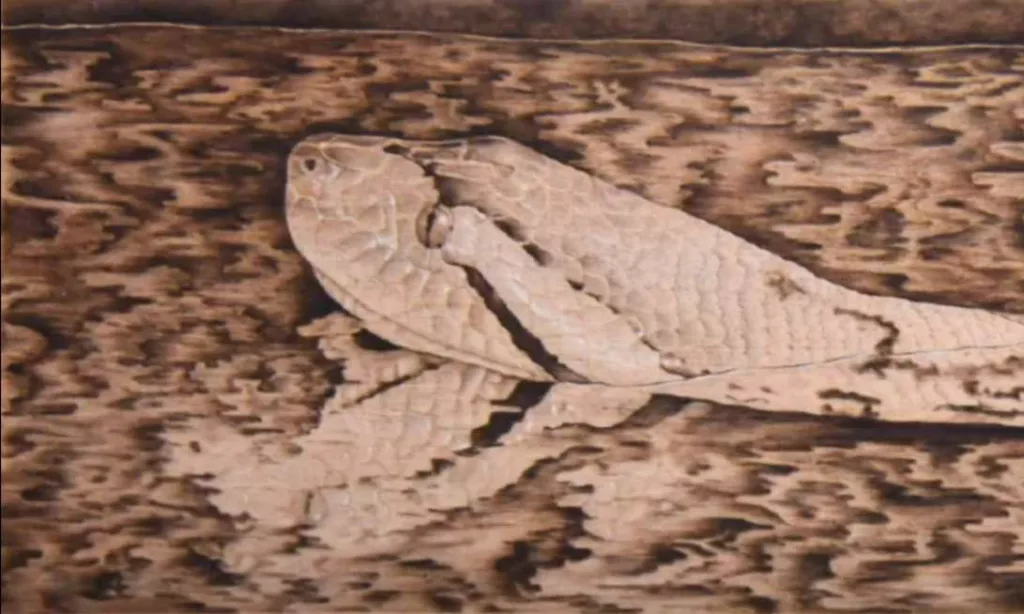
- This is an exhibition of an extreme talent in realistic woodburning.
- Pattern used: A head of a water boa wading through water. You see the reflection on the water! All these are made through wood burning.
- You have to be a master of shadings for this kind of pyrography.
- A rare and highly valued piece of art for wall décor.
Difficulties On The Projects
Here are some of the challenges you’ll face when working with snake scales pyrography designs:
- Snake scales are typically small and intricate, making them difficult to recreate in pyrography
- Consistency in the size and shape of the scales is essential to make the design look realistic. However, maintaining consistency is challenging, especially when working on larger pieces or when creating more complex designs.
- As these designs are tough, it takes a long time to finish a piece.
A Few Related Topics
- Probably you like reptiles. Here is another article on a reptile (turtle) woodburn.
- This entire artwork is dependent on shading techniques in wood burning. You can read the article on how to do shadings.
- An interesting video on reptile pyrography.
Final Words
With the right tools, techniques, and patience, anyone can create stunning works of art that pay tribute to the intricate beauty of snake scales. With the knowledge of the difficulties and techniques, the process can become less daunting and the outcome turns into a satisfying masterpiece.
FAQs
How do I transfer the snake scale design onto the wood?
Use carbon paper to transfer the design onto the wood, or you can freehand the design using a pencil or pen.
What materials do I need to make this pyrography?
You will need a burning tool, a wood-burning pen or iron, a piece of wood, and a pattern or design to follow

